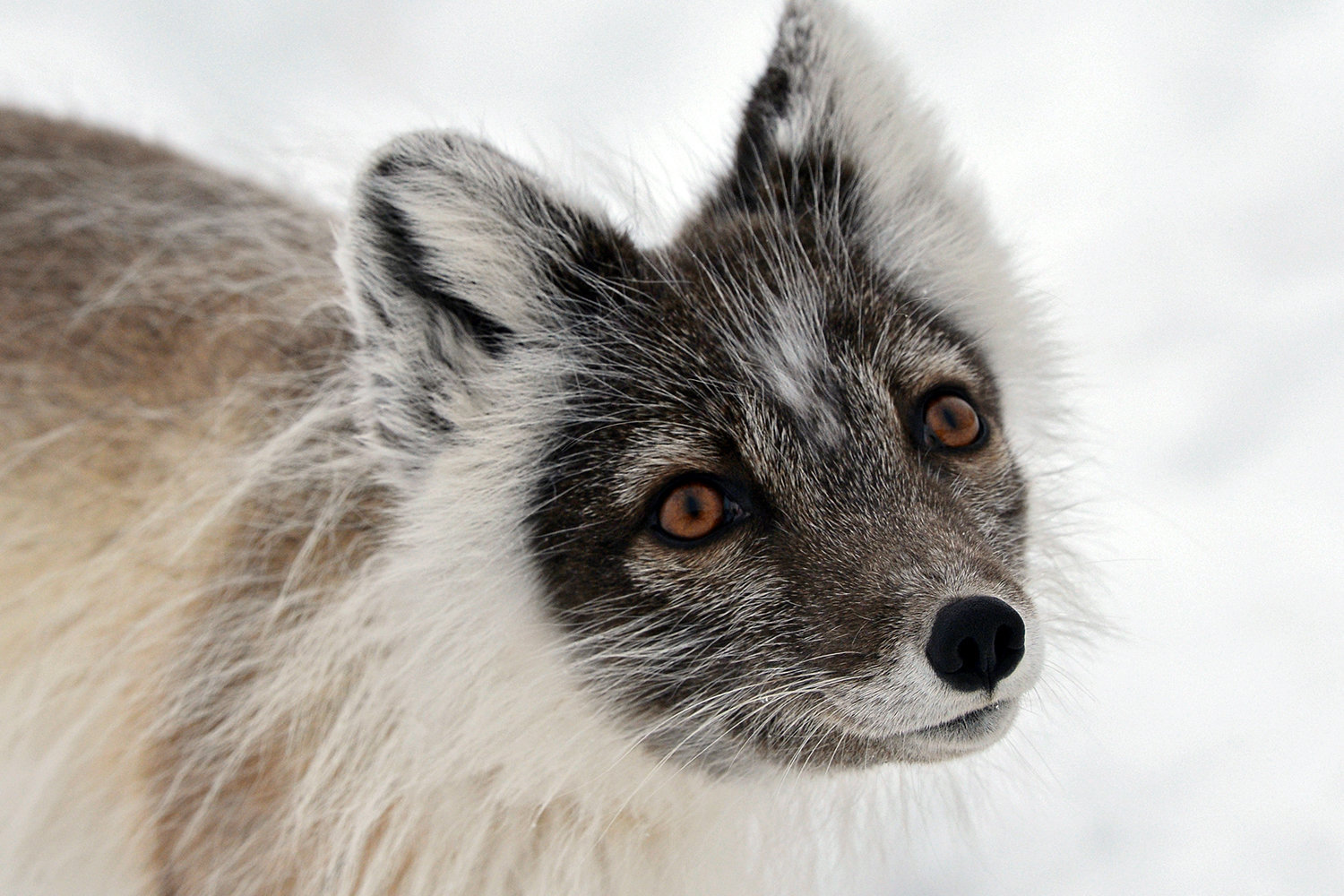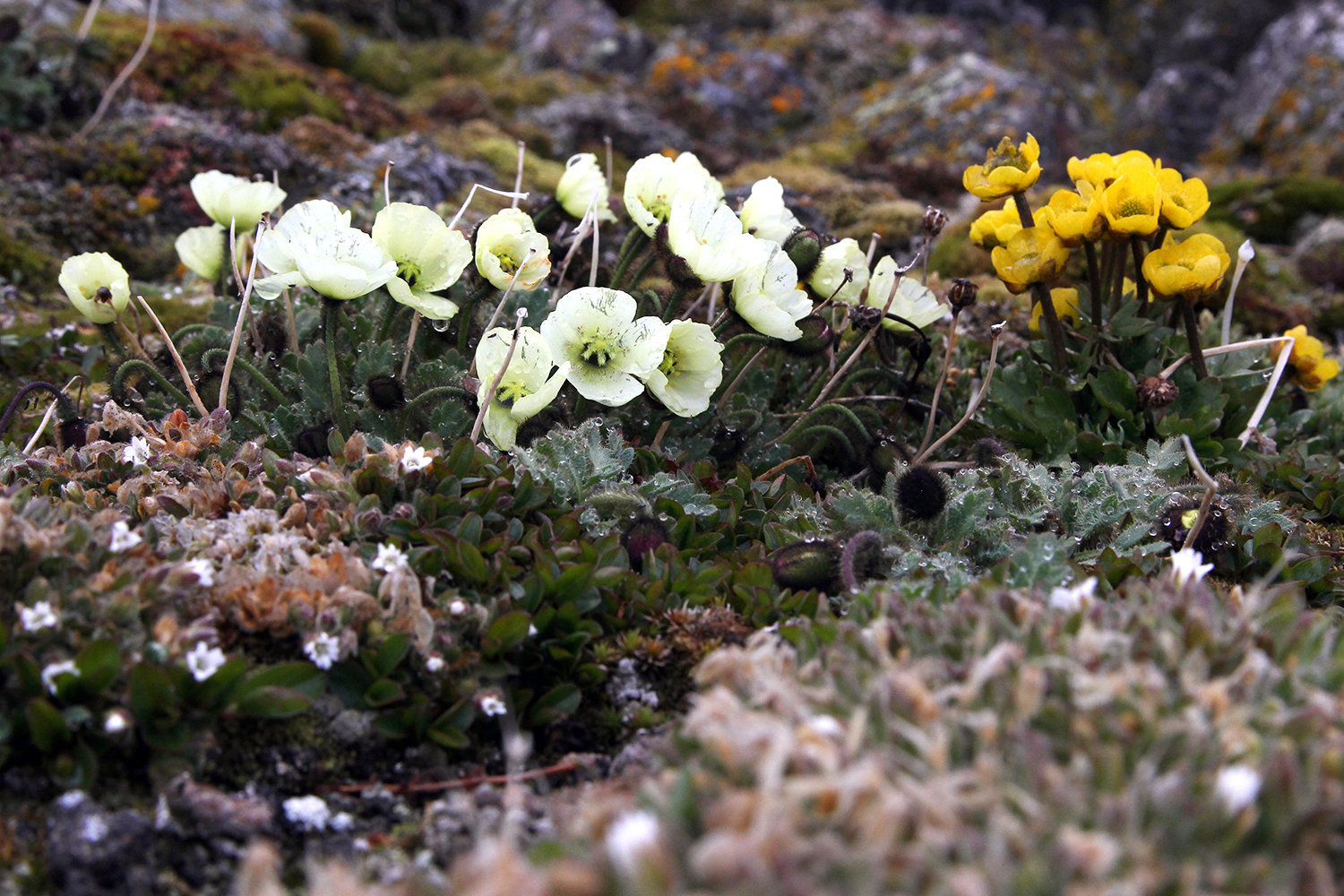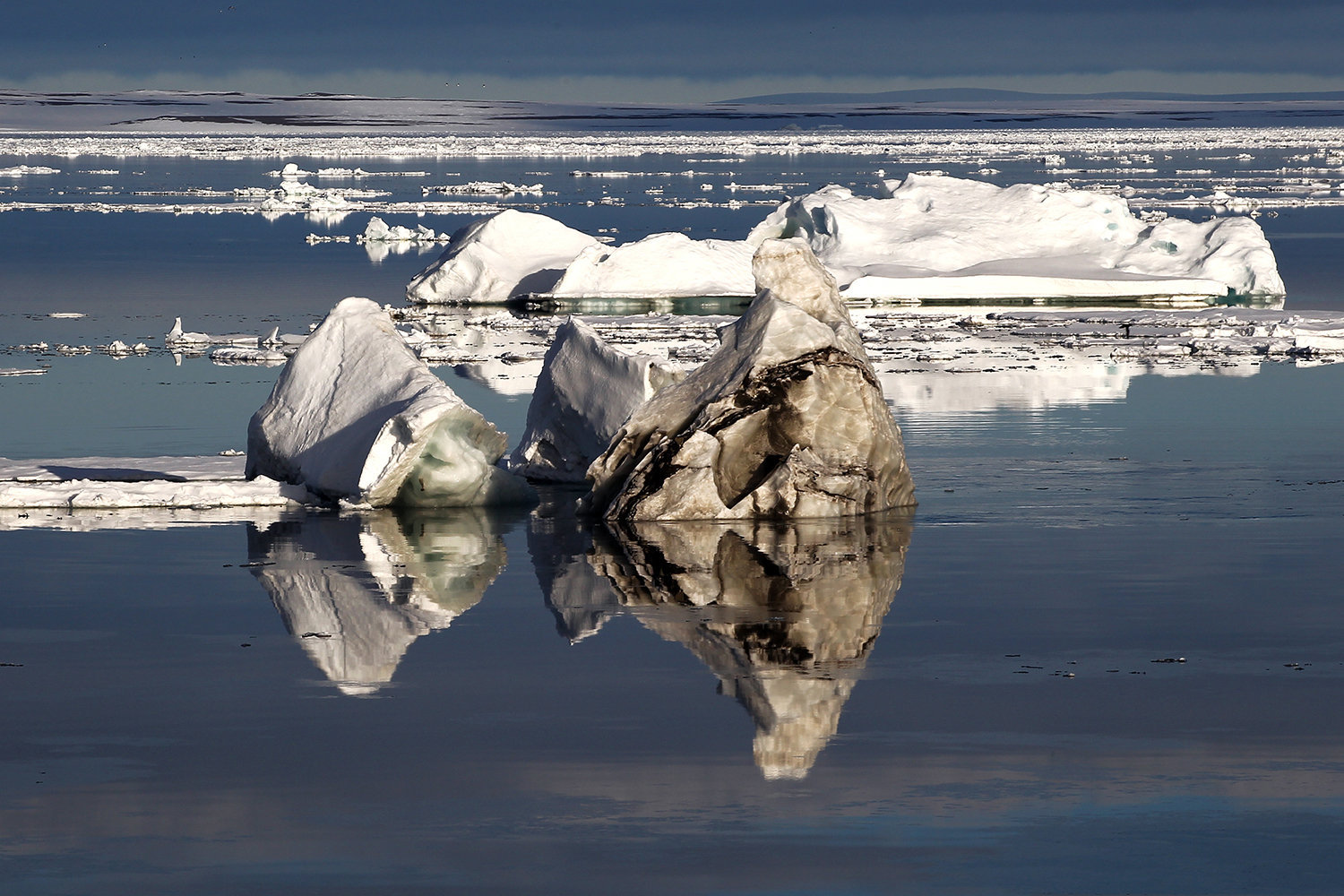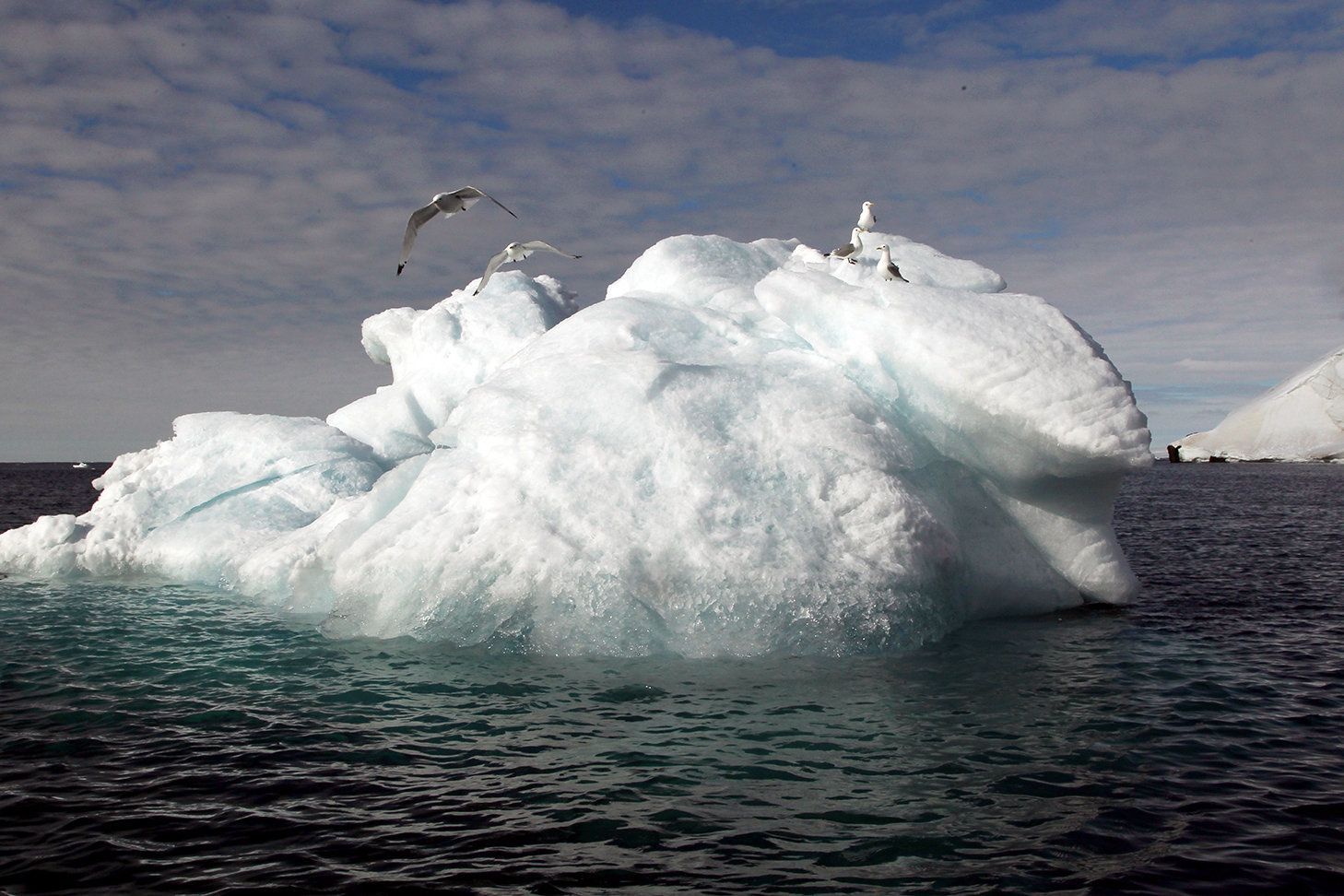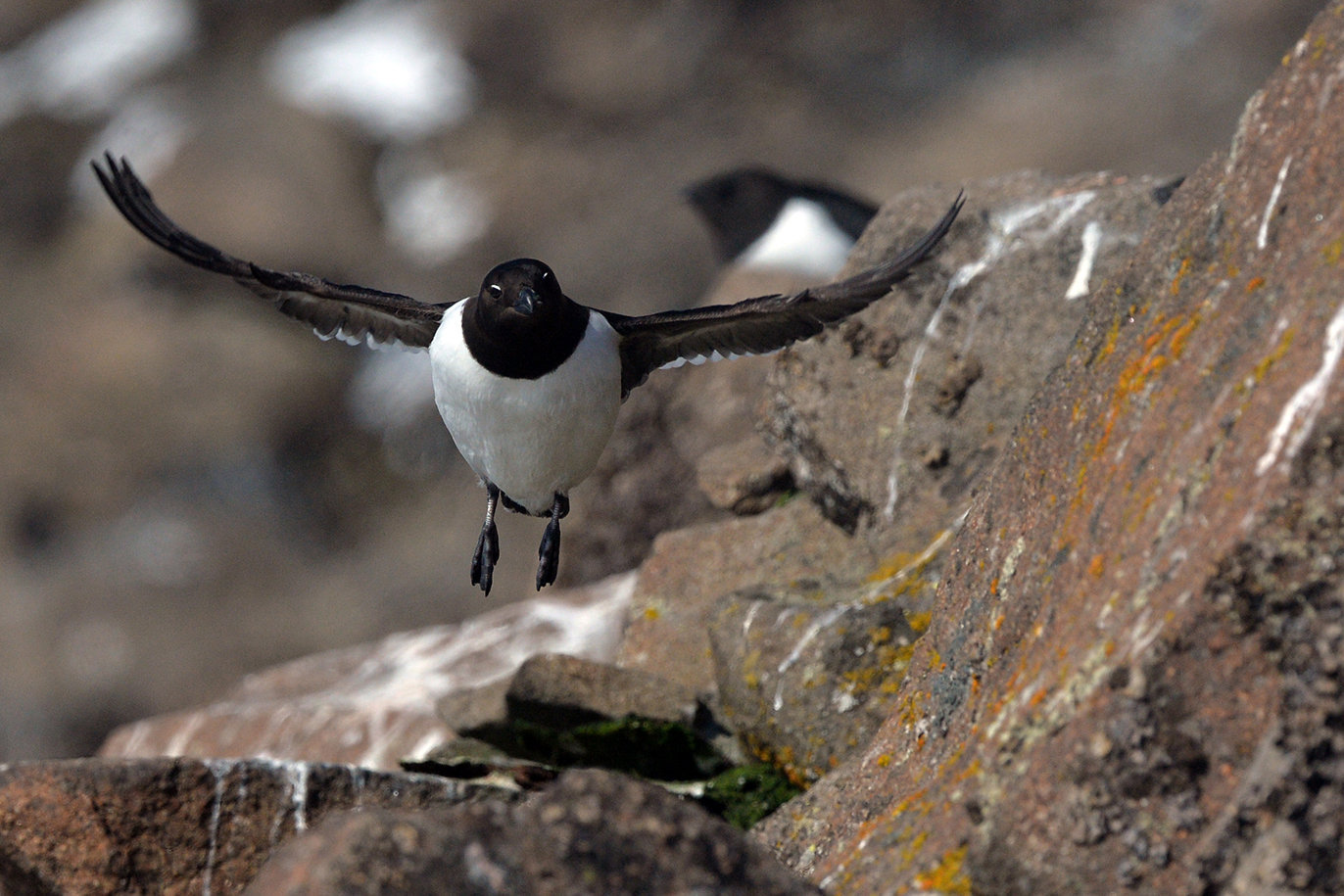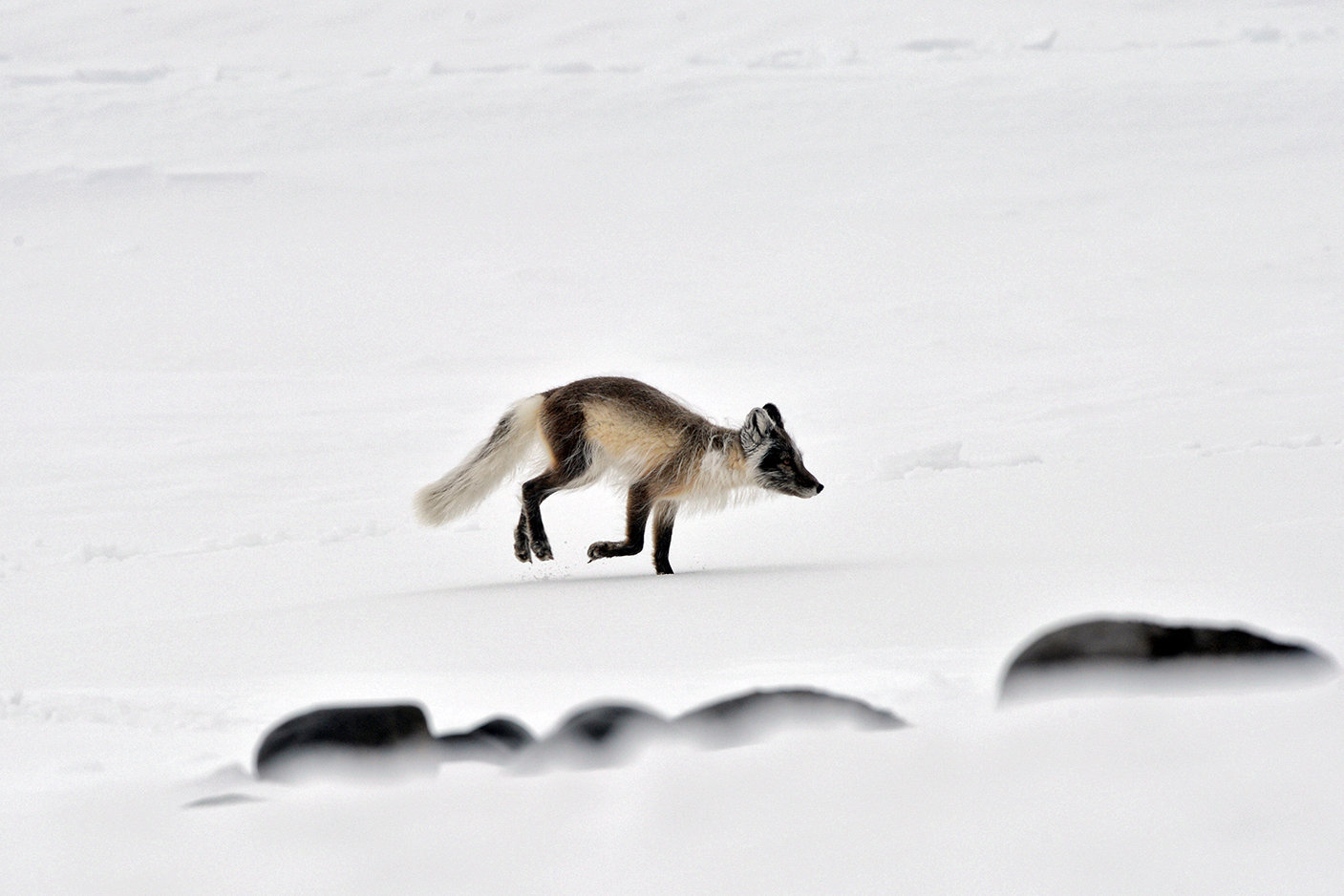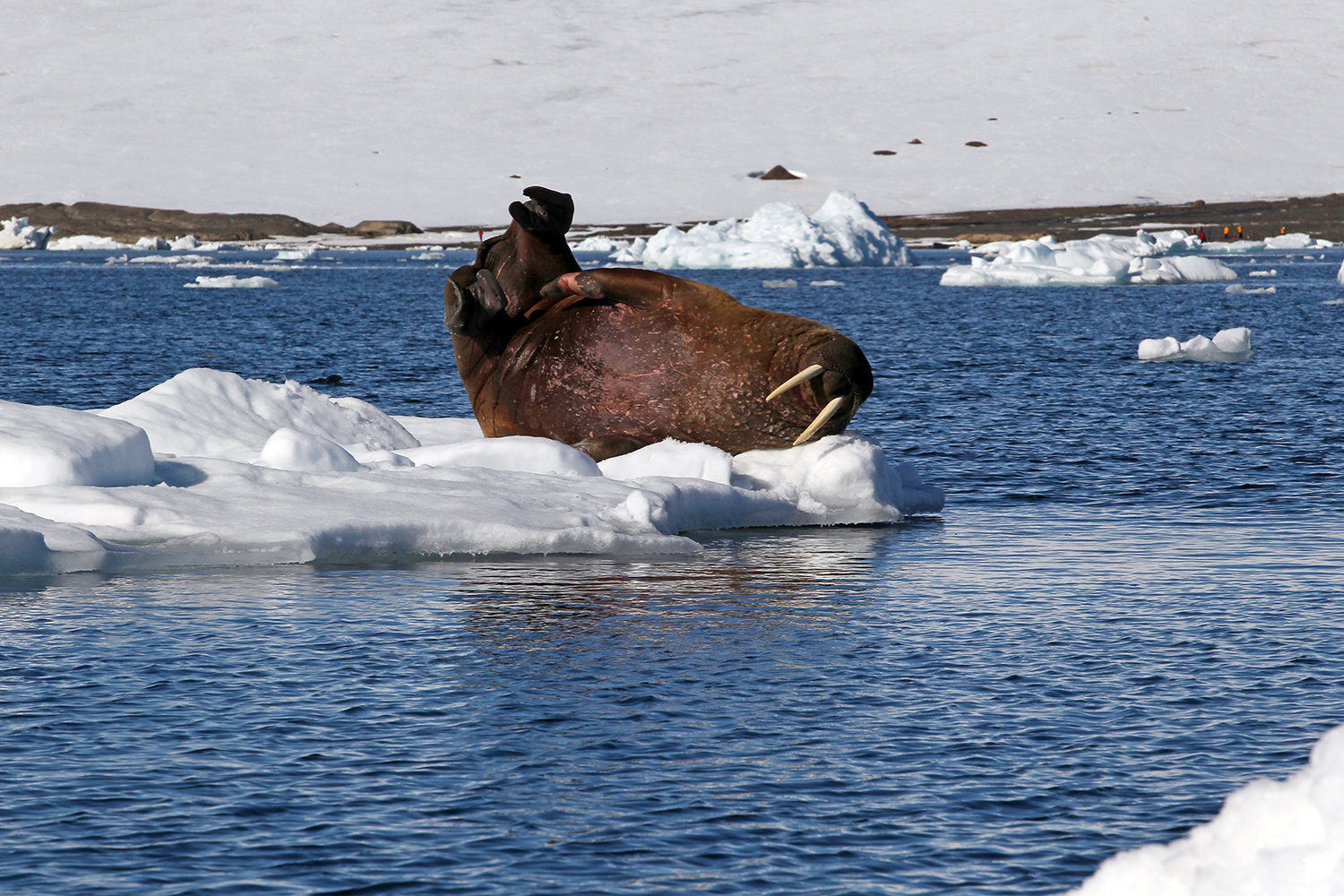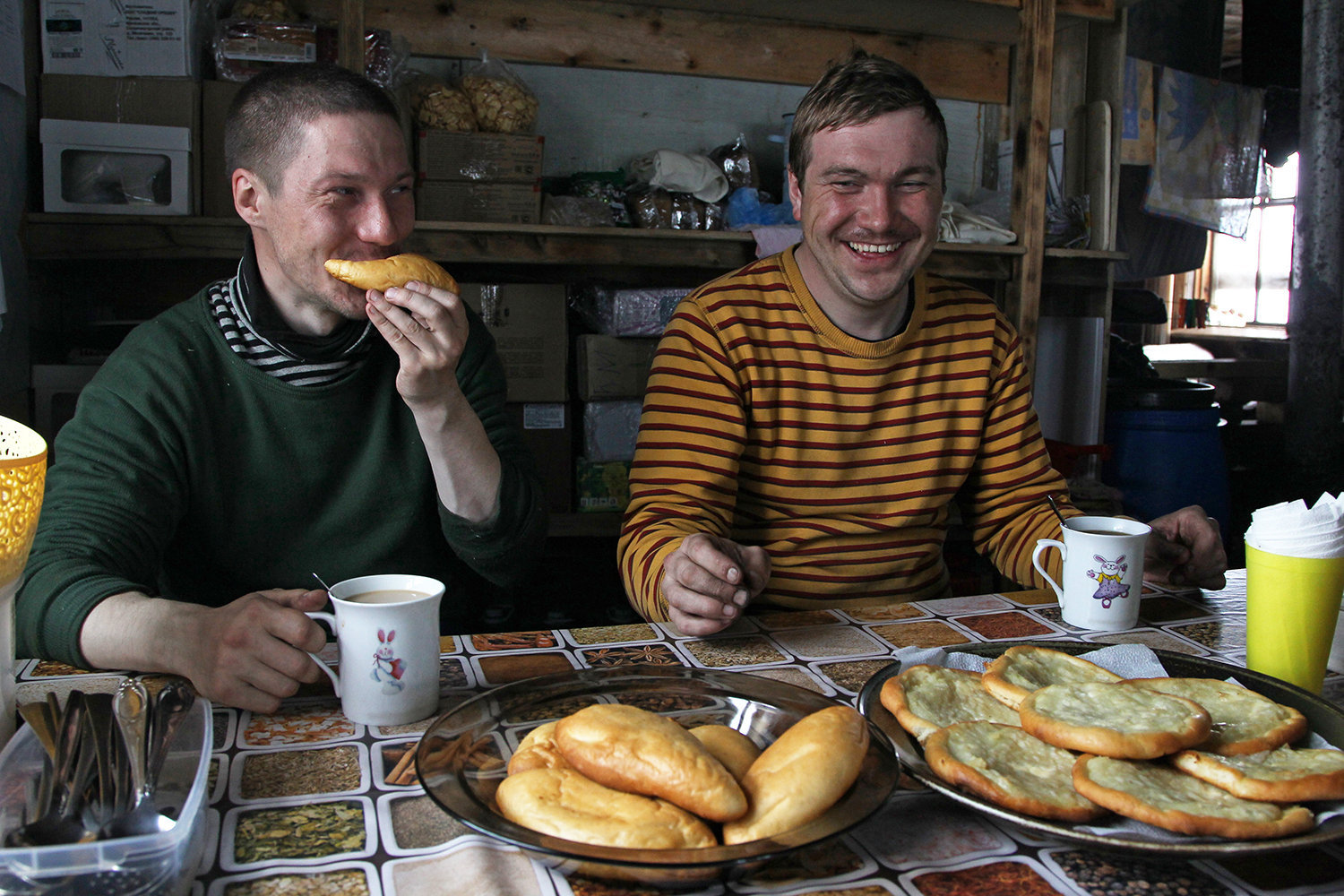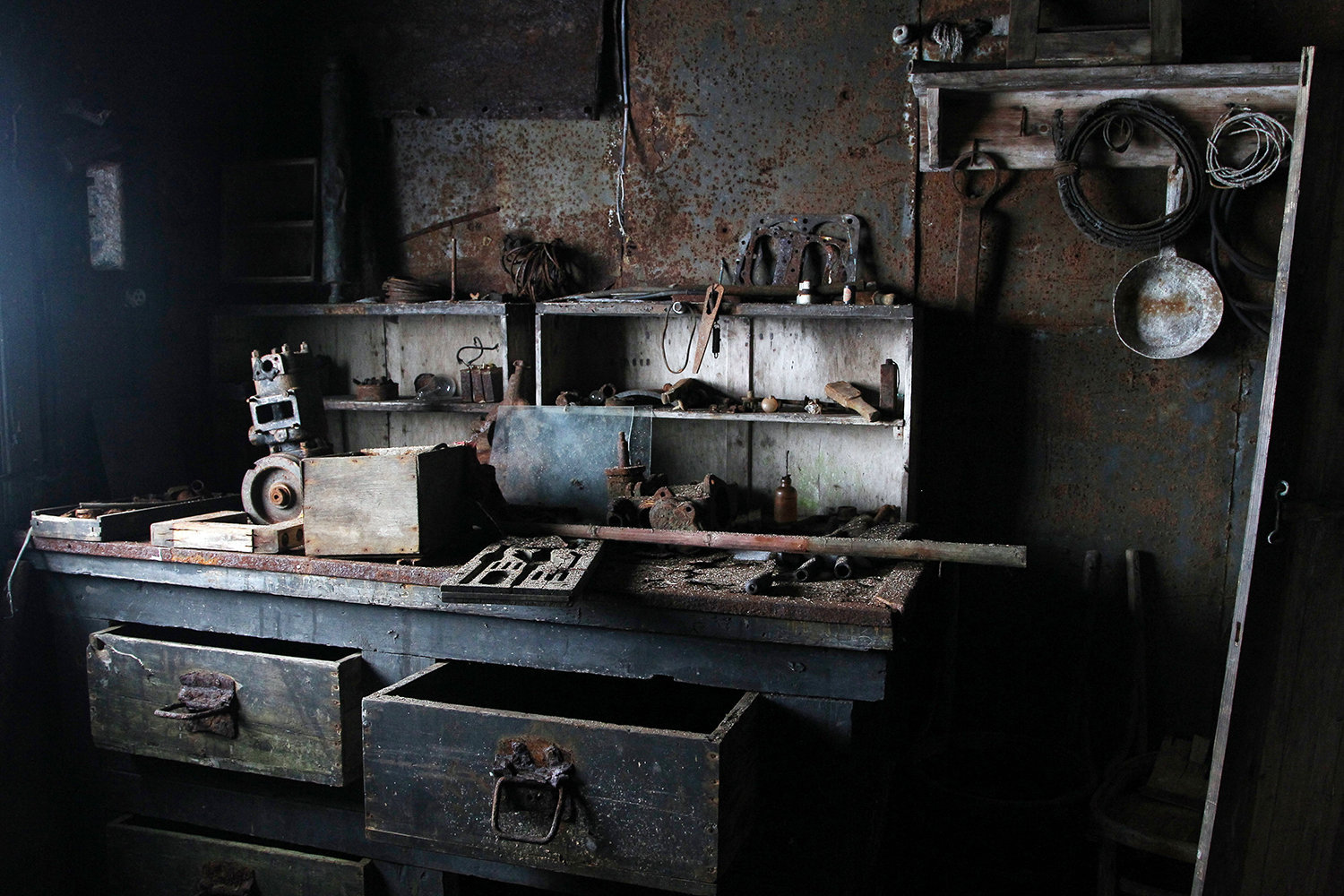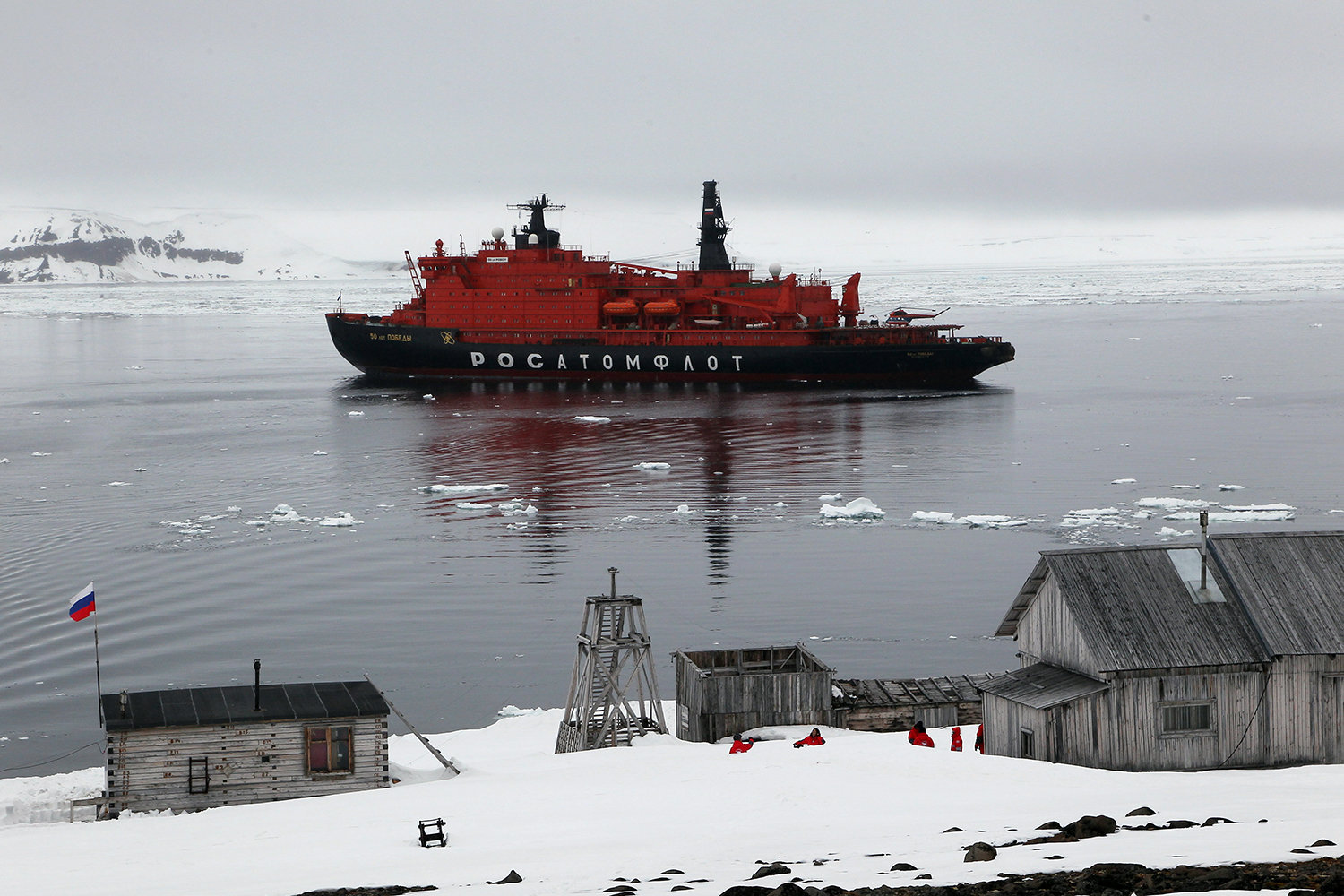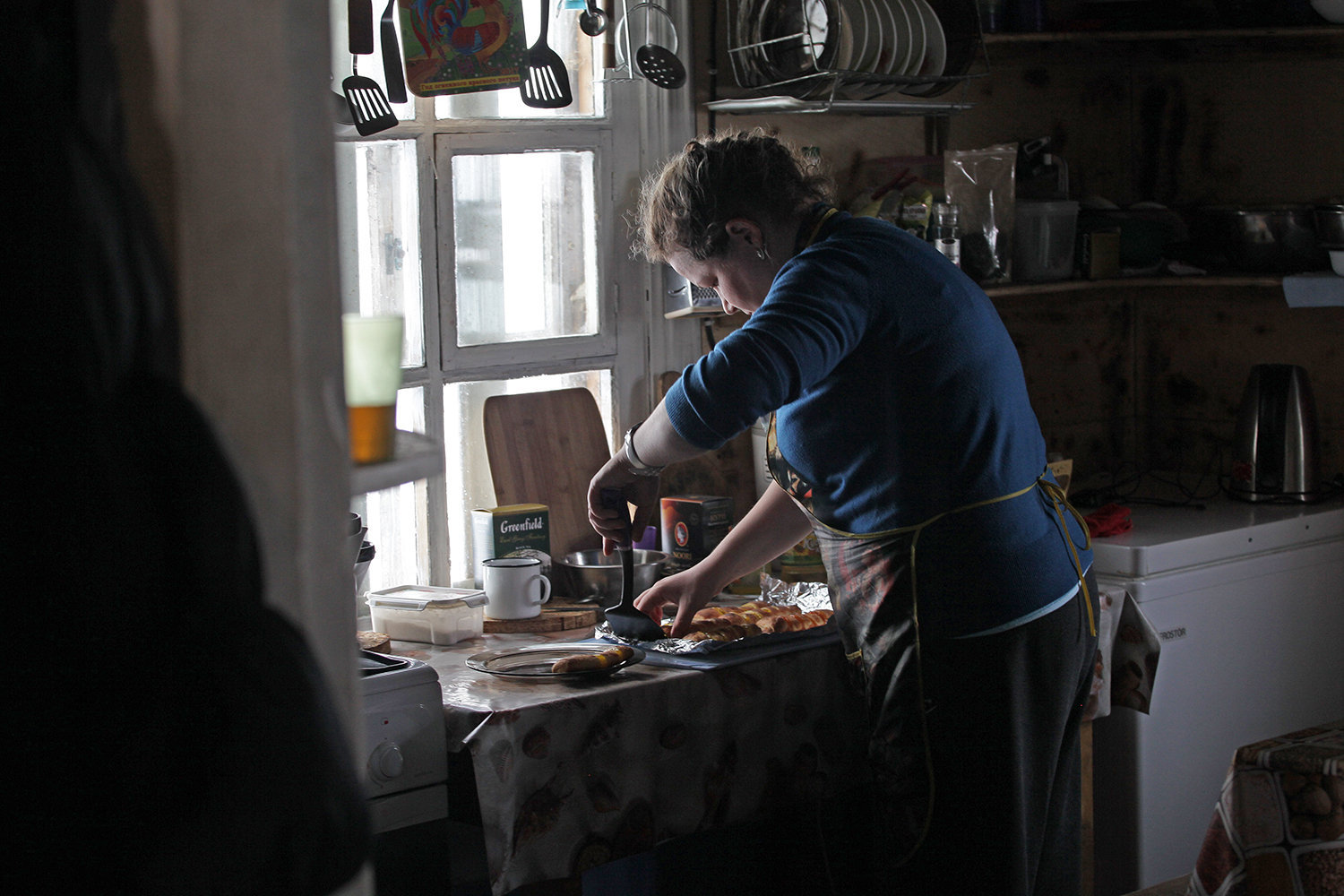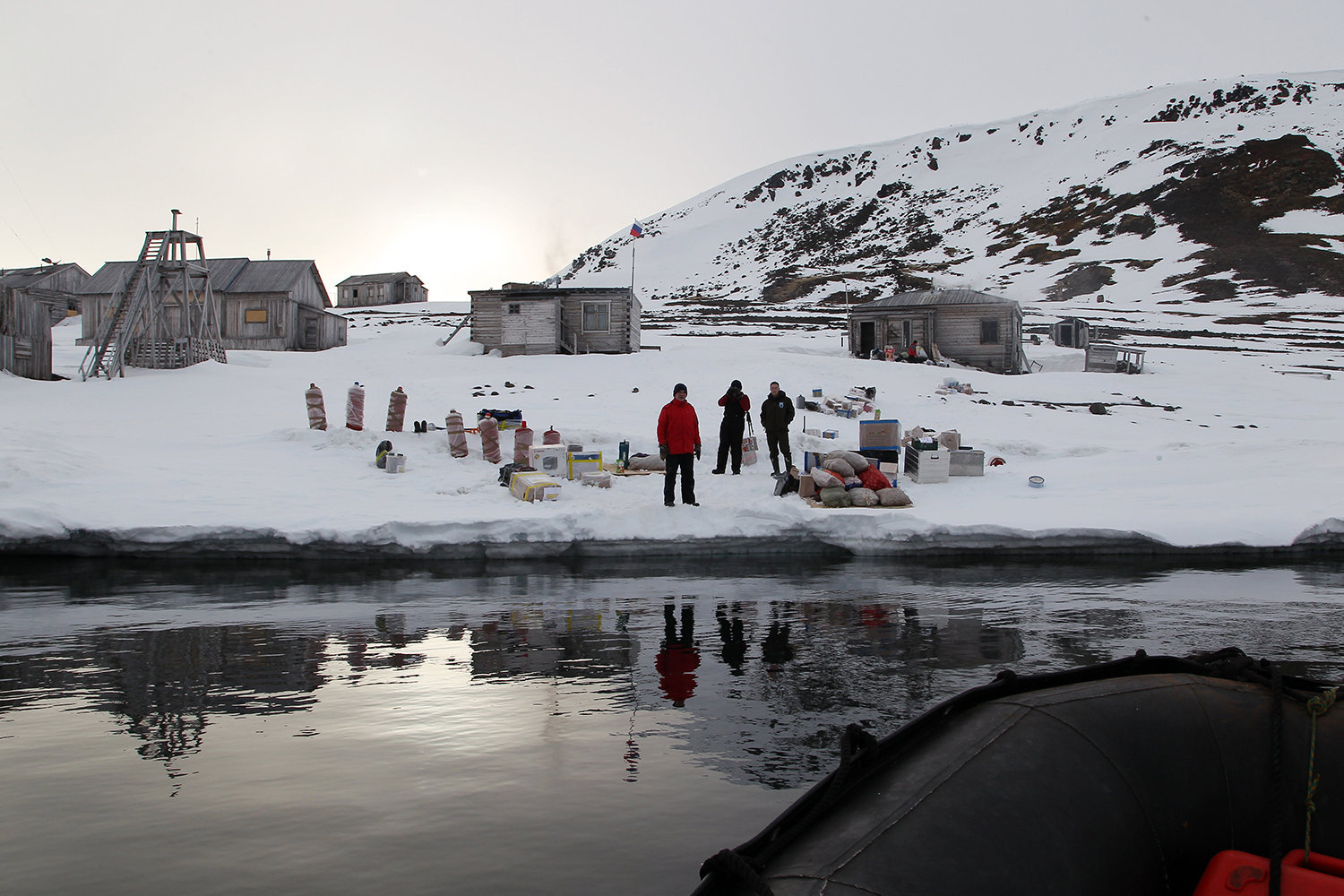The icebreaker moves turning ice floes upward to show their turquoise bellies, from Murmansk to the North Pole. Every summer it carries along thisroute tourists and those who work in the Arctic.
On the way, it makes stops on the Franz Josef Land Archipelago and, weather permitting, drops off inspectors of the Russian Arctic National Park, meteorologists and scientists. You can come for a few weeks and end up staying for a few months. Logistics in the Arctic are complex. Hooker Island and Tikhaya Bay, where the polar station and the seasonal field base of the park are located, are situated quite far from the nearest inhabited islands of the Franz Joseph Land Archipelago - about 100 km from the Alexandra Land and Heiss Island. Communication with the islands is possible only by satellite phone.

